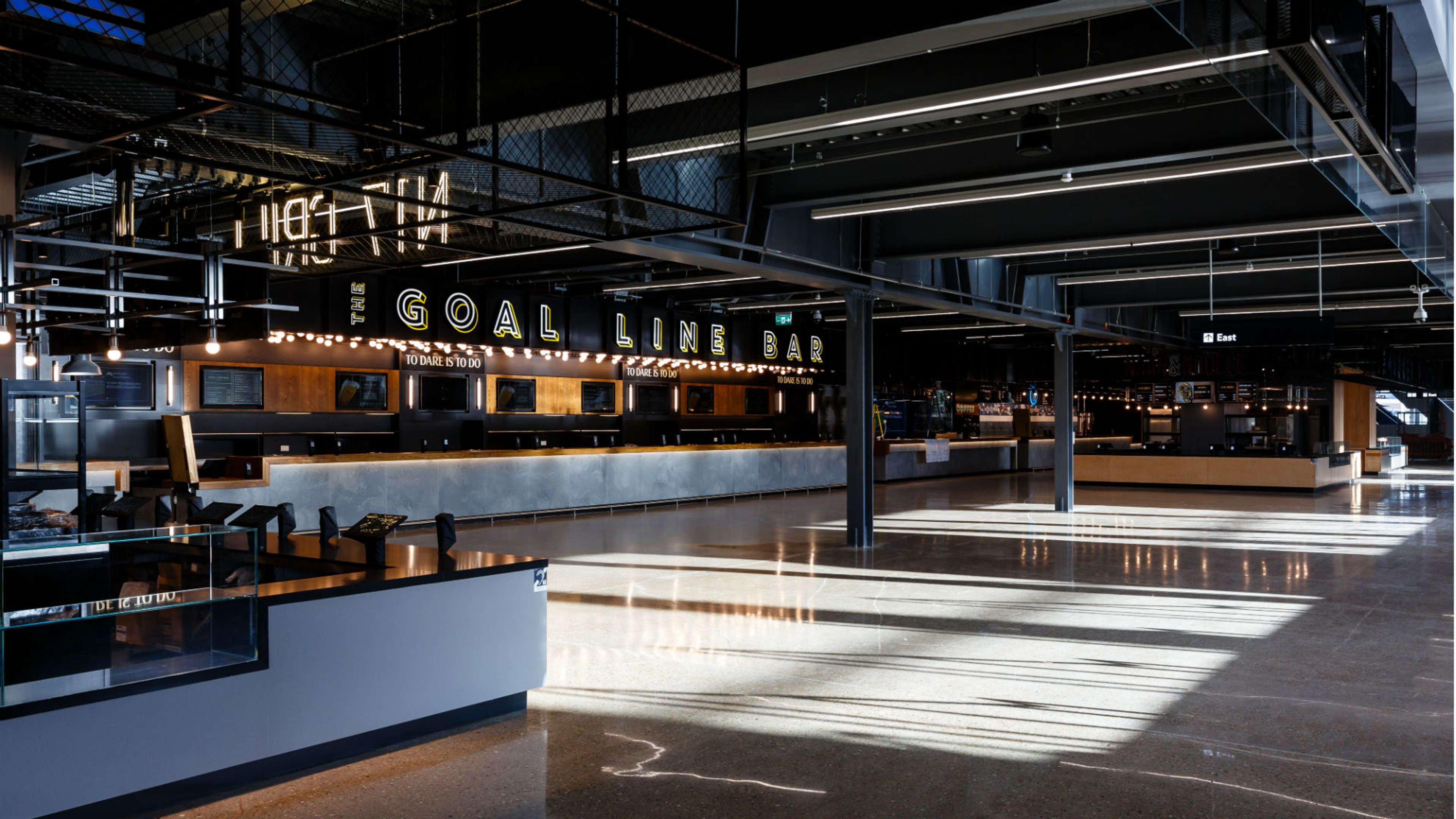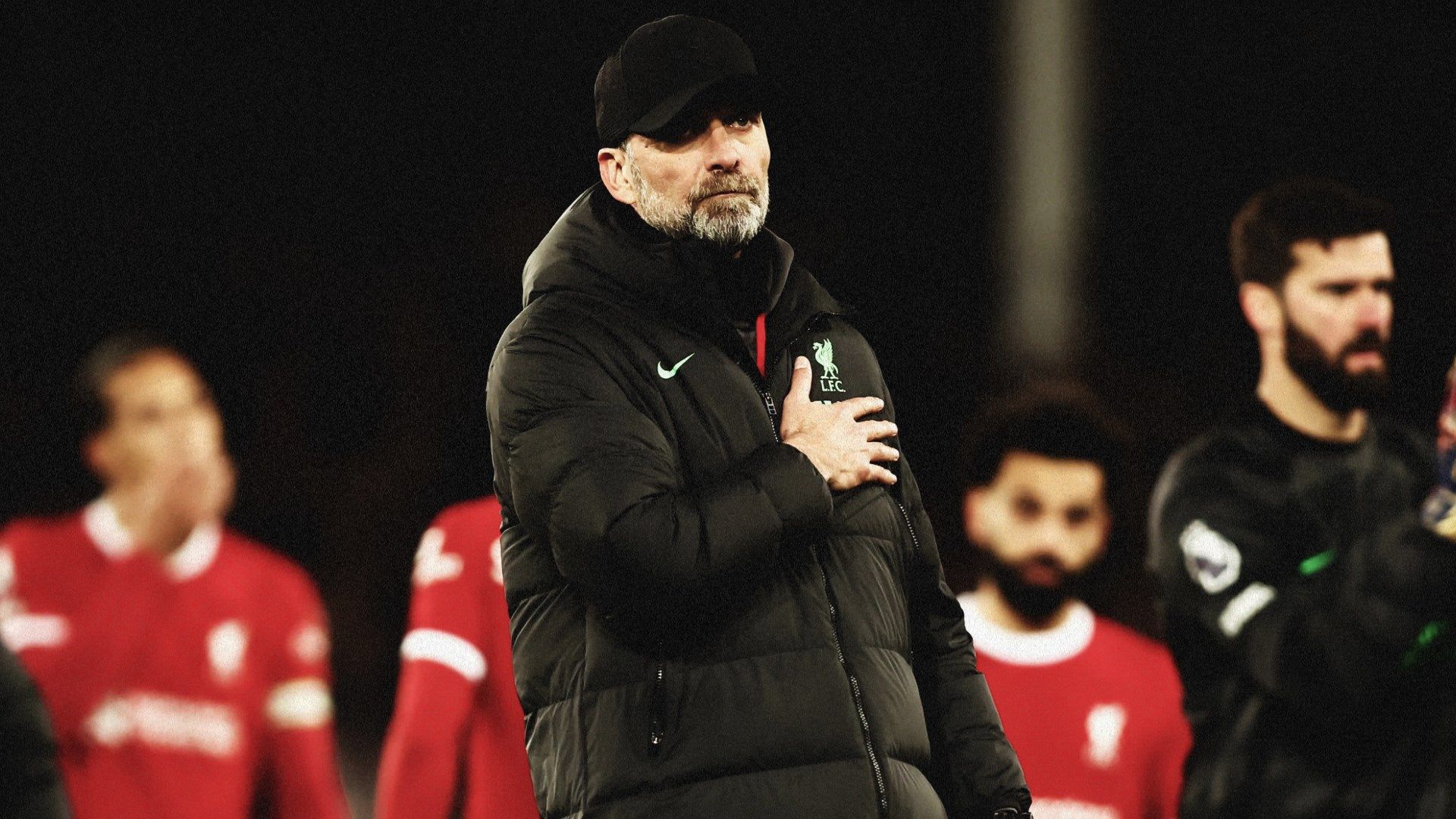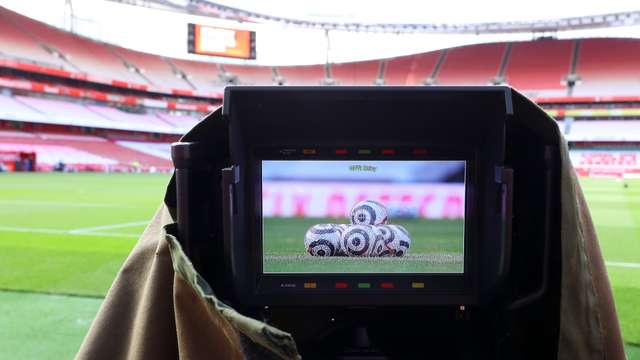Tottenham Hotspur Stadium, as it will be known until naming rights are secured, faced significant delays in its construction process. Since the start of the 2017-18 season, Spurs had played all of their home games at Wembley, despite being due to move into their new home in September 2018.
As setbacks continued to mount, the move date was pushed further and further back, meaning it is only now that the north London side are finally returning to their old stomping ground. Spurs finally played their first competitive game at their new 62,062 capacity stadium on Wednesday April 3, 2019, when they beat Crystal Palace 2-0.
The stadium has the largest capacity for a football club in London and ranks third in the country behind only Old Trafford and Wembley. White Hart Lane, the old stadium that was demolished to create space for the new incarnation, had a capacity of just under 37,000, leaving the club lagging behind their big-spending rivals in terms of matchday revenues, corporate facilities and innovative smart technologies.
At an estimated cost of £1 billion, Spurs have created one of the world’s most hi-tech stadiums, introducing smart technologies and pushing the boundaries of what a sports venue can offer.
Modern design and campus
Next Match
The venue’s most striking feature is the 17,500 continuous south stand – similar to Borussia Dortmund’s famous Yellow Wall – which has been designed to create a deafening atmosphere. At 34 degrees, the stand is set to nearly the largest legal incline allowed at stadiums in the UK in order to bring fans closer to the pitch. Also referred to as the ‘wall of sound’, the front row of the stand is just 4.9 metres from the goal line.
Sections of the stadium have also been future-proofed for any potential safe standing legislation that could come in.
Meanwhile, US electronics company Daktronics has installed four giant HD screens totalling more than 1,000 square metres inside the stadium bowl, which is the largest in Europe, along with two facade displays and three tiers of ribbon displays, which represents a first for a stadium in the UK.
In terms of corporate hospitality, the stadium is equipped with a glass-walled Tunnel Club, a private lounge that allows corporate guests to see the players in the tunnel as they prepare for the game. Fans who splash out on that offer will then be treated to seats just behind the home side’s technical area.
There will also be a purpose-built fanzone outside the south stand of the stadium allowing supporters to congregate and spend more time in and around the venue’s campus. It will also host activities led by the Tottenham Hotspur Foundation.
The surrounding area is also expected to house 579 flats, a 180-bedroom hotel and a sixth form college.
Microbrewery and concessions
In what is a world-first for any football stadium, the Tottenham Hotspur Stadium has its very own microbrewery as part of a deal between the club and Beavertown, which is based just two miles from the new venue.
The Beavertown Tottenham Microbrewery and Taproom brews craft beers on-site and is expected to produce over one million pints per year.
Meanwhile, in a move that has already gone viral, the bars in the stadium will utilise dispensers that fill plastic pint cups from the bottom up to provide draught beer. The technology is designed to improve hygiene, efficiency and speed of service.
 Tottenham Hotspur
Tottenham Hotspur
Glowing surface
The Tottenham Hotspur Stadium has been equipped with an innovative, world-first pitch technology solution.
The first-of-its-kind innovation, which has been developed by the Premier League outfit alongside Stadium Grow Lighting (SGL), engineering specialist SCX and Hewitt Sportsturf, means Spurs’ stadium will be the first to lay claim to a grow-lighting structure without a physical component that comes into contact with the playing surface.
The 120-tonne, 864-light structure will be mounted onto rails on either side of the pitch and provide full light coverage without touching the grass below, unlike traditional grow lights. The structure is also fitted with an irrigation system so that the pitch can be watered from above.
The stadium utilises a plethora of smart technologies both on and off the pitch, from a retractable pitch to an intelligent wireless network
Retractable pitch
Tottenham also enlisted SCX to install a retractable pitch at their new home, making the stadium the first in the UK to have two pitches inside the same bowl.
The grass turf sits on three pitch-long steel trays weighing over 3,000 tonnes each, and splits into three sections before retracting to reveal an artificial surface beneath. The process of switching from one surface to another takes approximately 25 minutes.
The artificial pitch will be used by the National Football League (NFL), as well as for music concerts and a range of other events.
NFL-ready
The newly-built stadium will host at least two NFL fixtures annually as part of a 10-year partnership between Spurs and the league, which has staged games in London since 2007.
The stadium boasts the aforementioned retractable, artificial playing surface for NFL games, as well as NFL-standard locker rooms and press facilities.
Tottenham’s head of business development, Aidan Mullally, recently revealed that the club are positioning the stadium as a “permanent home” for the NFL outside the US and hope the venue could one day play host to the Super Bowl.
“It is an NFL stadium and that’s the key message,” he said. “From the very start during the design phase, we have had the NFL in mind. The anchor tenant is Tottenham Hotspur, but this is designed to be a permanent home for the NFL outside the US.”
Connectivity
Spurs executive director Donna Cullen said in 2017 that the club want their stadium “to be one of the most technologically advanced in the world.”
With that in mind, Spurs partnered with Hewlett Packard Enterprise (HPE) to develop the advanced wireless technology at the stadium.
HPE installed its Aruba technology to provide free, high-density Wi-Fi and beacon technology throughout the venue. There are over 1,600 wireless access points that will provide the stadium with 100 per cent mobile coverage. The connectivity of the stadium allows for 65 per cent of the crowd to simultaneously stream live video.
Spurs’ interconnected wireless network stretches from Wi-Fi access, to electric turnstiles, to the point of service systems. The network also measures efficiency and fan interaction to provide solutions that can improve stadium operations.
HPE already has experience in providing smart wireless technologies in sports stadia such as the Levi’s Stadium, home to the NFL’s San Francisco 49ers.
No cash, no problem
Spurs recently joined a number of sports teams around the world in announcing that their stadium will be fully cashless.
The club will roll out two new ways to pay alongside traditional debit and credit card transactions. Season ticket holders and One Hotspur members are able to load money onto their stadium access card ahead of games. Fans are also able to purchase pre-paid stadiums cards which can be used inside and topped up.
The decision to go cashless is part of a move to improve efficiency, speed of transactions and hygiene throughout the venue.
 Getty Images
Getty Images
Environmentally-focused
Tottenham have made an effort to source sustainable alternatives to single-use plastics that cause a significant amount of environmental degradation. The new stadium does not stock plastic straws, stirrers, cutlery and all plastic disposable packaging that accompanies those items.
Instead, wooden stirrers and cutlery and paper straws have been introduced to combat single-use plastic in the stadium.
Whilst Spurs are making concerted efforts to move away from single-use plastic, it remains highly difficult in a sporting venue. The club have therefore rolled out improved waste management systems inside the stadium to make it easier to properly sort waste.
Meanwhile, the club’s power supply deal with Schneider Electric is focused on boosting the stadium’s energy and operational efficiency.
The energy management company has embedded its EcoStruxure platform into the venue’s architecture to provide real-time monitoring for preventative maintenance and personalised visitor experiences, including aspects such as temperature and lighting conditions.
The stadium’s electrical infrastructure will be monitored constantly from Schneider Electric’s remote field services bureau, while the company’s product experts will also be on-site to personally monitor the stadium’s power infrastructure on matchdays.
New app for a new era
A new Spurs App is being launched especially for the new stadium that will allow users to access their match tickets, as well as view the latest news and videos.
The platform will also provide travel information on matchdays and wayfinding technology to locate specific parts of the stadium such as concessions or stands.
There will also be exclusive content that is only accessible from within the stadium.
Sky Walk
Spurs are also looking to draw people to the stadium outside of matchdays with the offer of a Sky Walk.
Visitors will have the opportunity to scale the stadium and then step out onto a glass walkway 40 metres above the pitch. Fans will also be able to abseil from the platform to ground level.



.jpg?auto=webp&format=pjpg&width=640&quality=60)

.jpg?auto=webp&format=pjpg&width=640&quality=60)
-min.png?auto=webp&format=pjpg&width=640&quality=60)